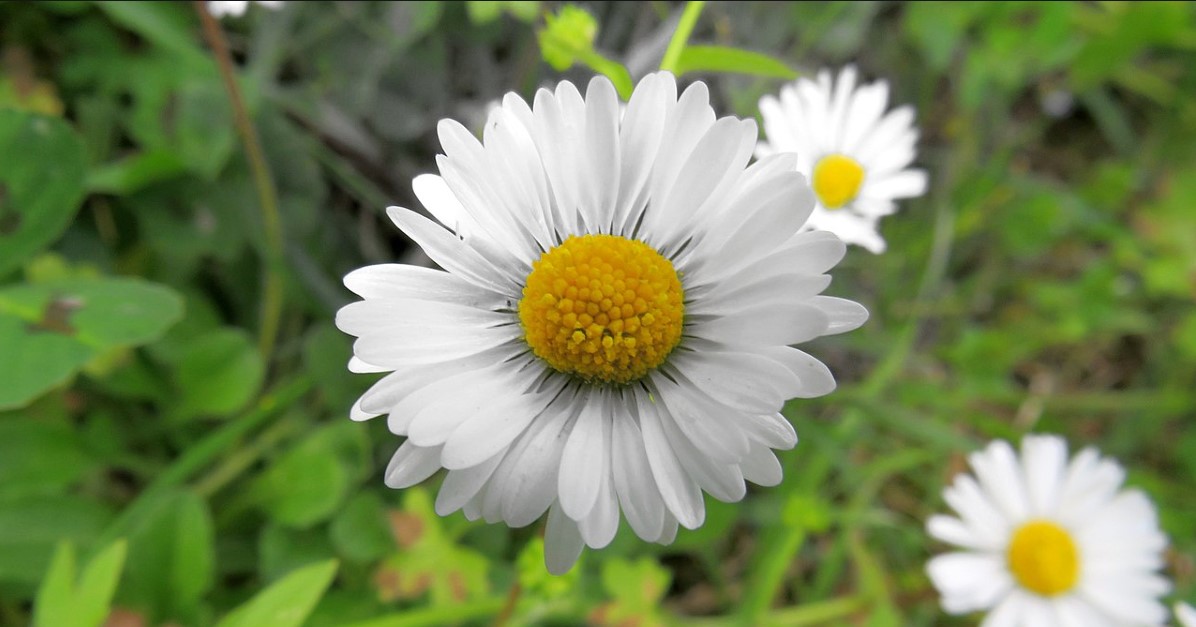Teachers like to be in control. In their classroom, they have the responsibility to shepherd young minds, to teach them to master the standards, and to maintain an orderly, learning environment. Some are exquisitely organized (the “Pinterest teacher” that has become an archetype). Some curate remarkable experiences that they repeat year after year, and some have elaborate systems to keep students motivated to do their best (don’t get me started on ClassDojo…).
When I struggled my first year and a half of teaching, it was hard for me to pinpoint the root of the problem. I was reflective, adjusted, and things started getting better. Still, I couldn’t shake the feeling that there was something bigger I was missing. After talking to different colleagues and continuing to reflect, I realized that the dissatisfaction I felt came at times when I felt like I had lost control. Lost control of a lesson, an activity, or even the whole class. It was a surprising revelation because outside of the classroom I have never been a “control freak” (to a degree that is sometimes infuriating to the more type-A inclined people in my life).
So, now that I could recognize the root of my frustration what could I do? I saw two paths. The first would be to get better at controlling situations. Learn more strategies to foolproof lessons, and lockdown classroom management. The second, and the one that intrigued me more, would be to let go of what control I could and see where that led me.
Giving Students a Say
I love teaching 5th grade. 5th graders are just starting to think like adults. They see the world outside of themselves and start piecing together the information in unique and complex ways. Unlike middle-schoolers, they aren’t battling the challenge of hormones. They still have one foot in childhood and aren’t “too cool” to enjoy a picture book or the playground. But they also are starting to see that the world is bigger and more complicated than they realized.
This combination of childlike enthusiasm and adult awareness makes for the perfect age level. Now, entering my 4th year of teaching, most of what I do in class is either built to incorporate student feedback or is completely student-designed and driven. Students decide where they sit each day. Students design my furniture arrangement (or did pre-COVID). They are allowed to design or co-design their own projects around the standards. I ask for their ideas and work as much of their feedback in as I can. Then I let them in on the reflecting process after it’s done. Most importantly, when there is a problem to solve in the room, I go to them first for ideas before presenting mine. I have felt a major difference in engagement and enthusiasm because they feel like they have some level of say where the ship is sailing.
Take Some Risks
I want to be clear that I am not advocating for the abdication of responsibility or total loss of control. You, as a teacher, are still responsible for everything that happens in your classroom. Some things have to go a certain way. But as I have shifted my thinking from “how can I do this better?” to “how can I give more responsibility to the kids to work through this?” the results have been amazing.
This year teachers lost an incredible amount of control by going online. No longer could you structure work times to suit the environment or the group, nor could you monitor the student’s work progress as they worked. Some students stopped showing up. Some students showed up but didn’t work, and some students who would have asked clarifying questions didn’t because they felt uncomfortable on screen. My colleagues and I have found that our greatest successes were when we learned to accept that loss of control and give students the agency to take some risks. This year I’ve been able to really test how much responsibility and freedom students can handle. I can honestly say I will never go back to my old ways again.
Today’s blog post was written by Paul Yenne, a 5th grade teacher at Steele Elementary School. You can find him on social media at @MrYennePaul. Be sure to check out how he engages and empowers students in his project: Blue Apple’s High Energy!
We hope you are all staying healthy and safe during this difficult time. For more free educational resources simply follow this link. If you enjoyed this blog post, don’t forget to subscribe!
*Image courtesy of PROPOLI87 via wikimedia commons.
